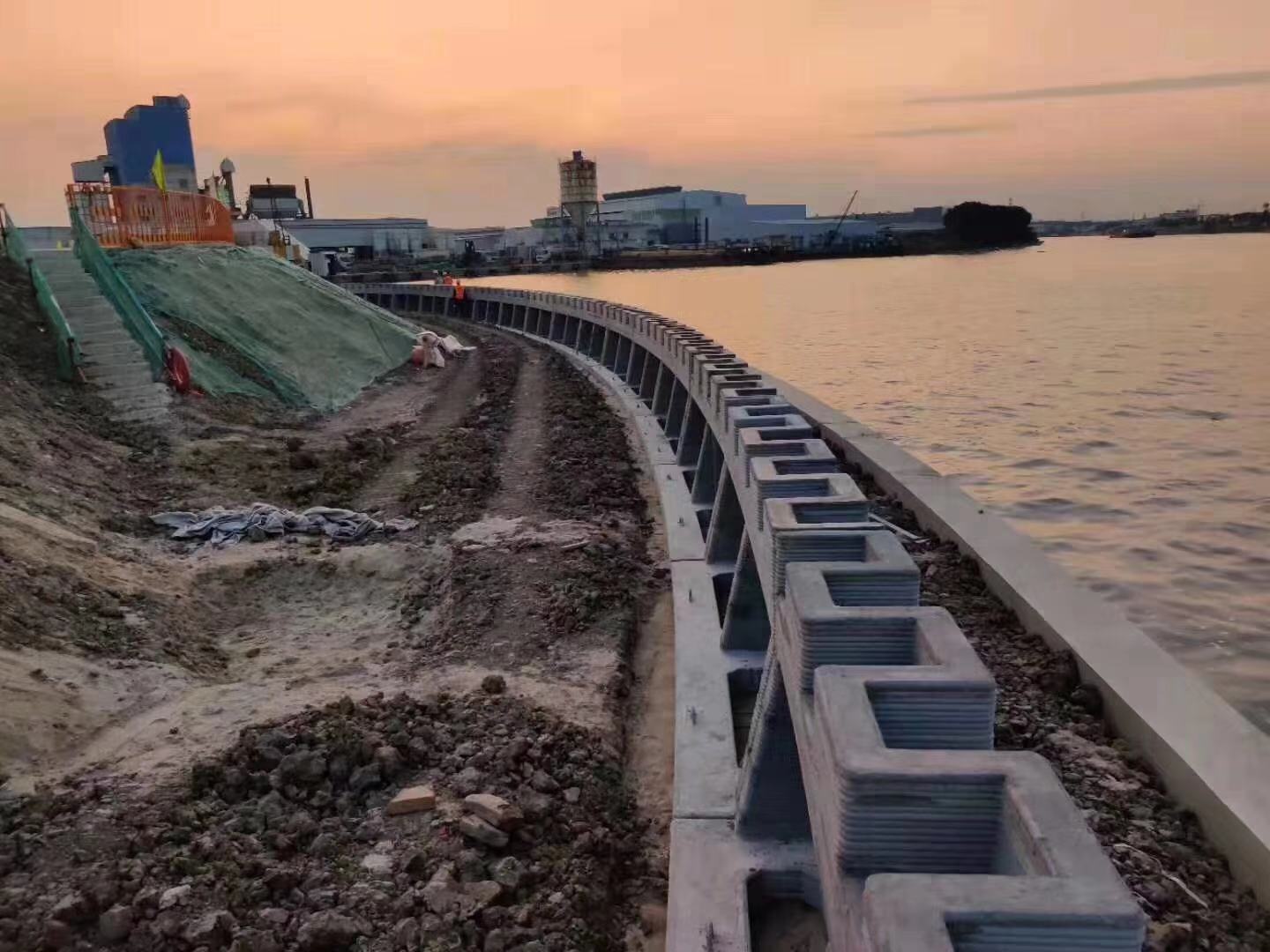The People’s Republic of China has unveiled the world’s first 3D printed river revetment wall by Yingchuang Building Technique (Shanghai) Co., Ltd. (Winsun), a 3D printing architecture firm based in the East Asian country.
The 500m revetment wall is constructed along Suzhou Creek or Soochow Creek, which is also known as the Wusong River in the city of Suzhou, Jiangsu province.
Also Read: Dubai unveils world’s largest 3D-printed building
Importance of the river revetment wall
In terms of stream restoration, river engineering or coastal engineering, revetments are sloping structures placed on banks or cliffs in such a way that they can absorb the energy of incoming water hence preventing the damage such as erosion, wetland flooding, aquifer, and agricultural soil contamination and lost habitat for fish, birds, trees, and plants, etc. that may be caused by rising water levels.
Consisting of separate 3D printed modules, the ecologically developed riverbank shoreline in question is specifically formed to retain the earth and to defend the shoreline from impact by the waves and the strong current, and collapsing under the pressure of the rising water level, caused by co-acting forces, such as water erosion, corrosion, earth pressure, and underwater osmotic pressure.
Advantages of 3D revetment printing over the traditional building
In traditional modes of revetment construction, materials such as concrete or customized designed bricks for the construction of solid walls and dams is a prerequisite. While these solutions are stable and provide the necessary protection, they are also expensive and complicated to construct, not to mention that the construction process, from excavation and foundation-laying, does not protect or support the existing eco-systems.
On the hand, 3D Printing Construction allows for an improved river revetment function, thanks to the 3D printing technology which enables to keep of the original “water flow” function intact. The technology also provides endless possibilities to keep or increase the high-quality living environment for the local flora and fauna. The modules set above the riverbank, for example, provide a natural habitat for plants to grow on. As a result, this offers a safe, and green recreational spot with beautiful aesthetics for coastal residents and visitors.

